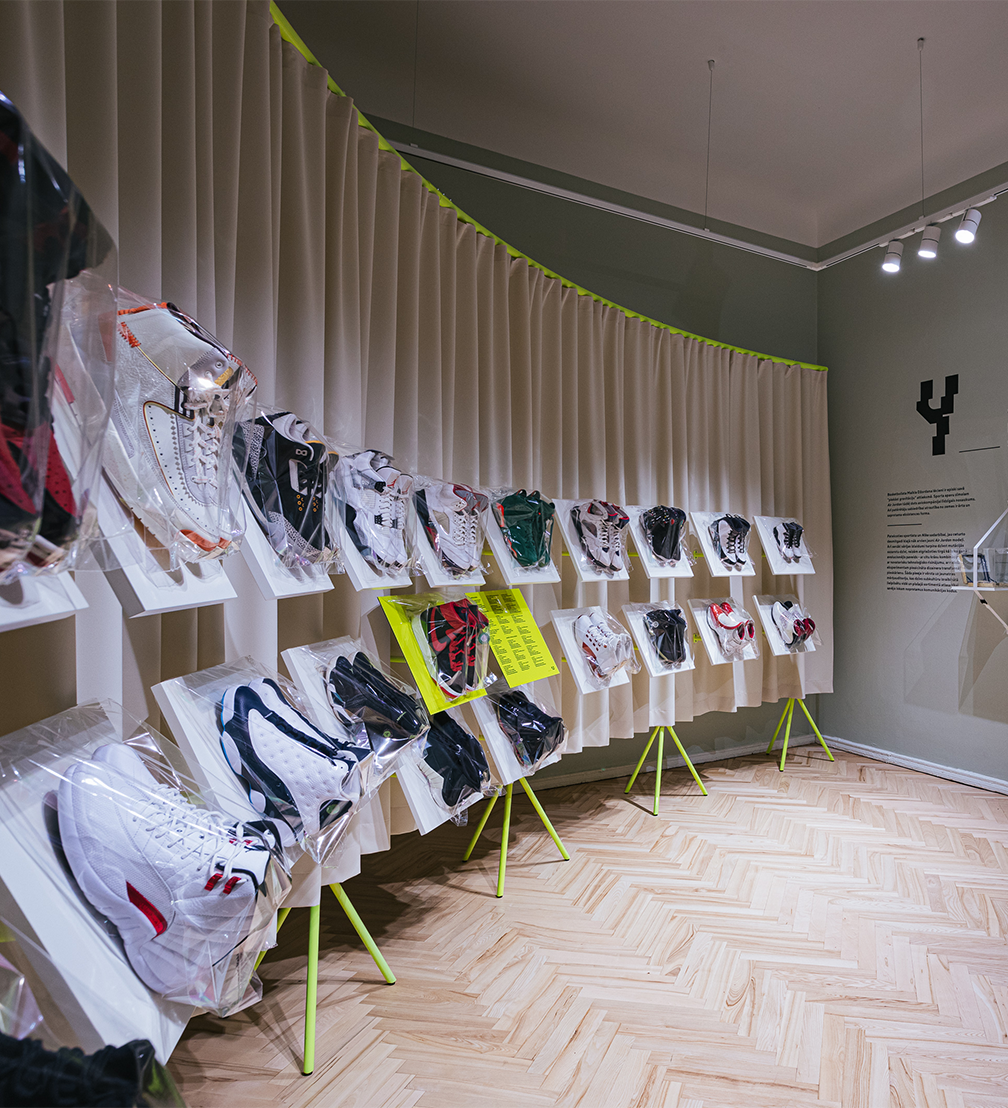
«Exhibition design can be a quality mediation tool and significantly improve the experience of visiting the exhibition if the development of content and design concepts takes place in parallel, integrating ideas with each other.» Designer Anete Krūmiņa visits the exhibition Sneakers: Eco x Ego at the Pauls Stradiņš Medicine History Museum.
The exhibition Sneakers: Eco x Ego at the Pauls Stradiņš Medicine History Museum (MVM) reveals the museum’s potential to become a platform for learning about contemporary and current topics. The exhibition consists of sneakers from private collections, historical and documentary exhibits from the collections of MVM and partner institutions, objects of contemporary art and product design, as well as thoughtfully constructed stories that outline the links between health, ecology, and consumer culture.
The exhibition follows the approach of «edutainment» (educational entertainment), successfully avoiding the didacticism accompanying ecology topics. At the same time, it marks fresh trajectories in the working model of the museum — from a monographic overview, the exhibition has become a creative, accessible, and contemporary form of gaining knowledge and a field of curatorial experiments. Such an approach makes the museum a place to learn more about current topics, rather than confirming canons that are already known.
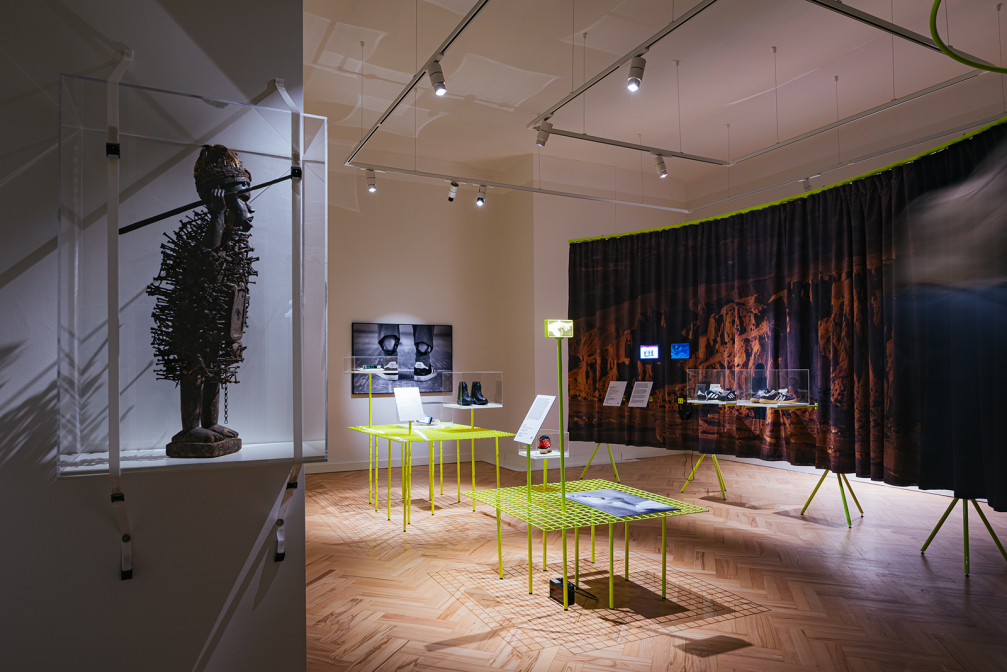
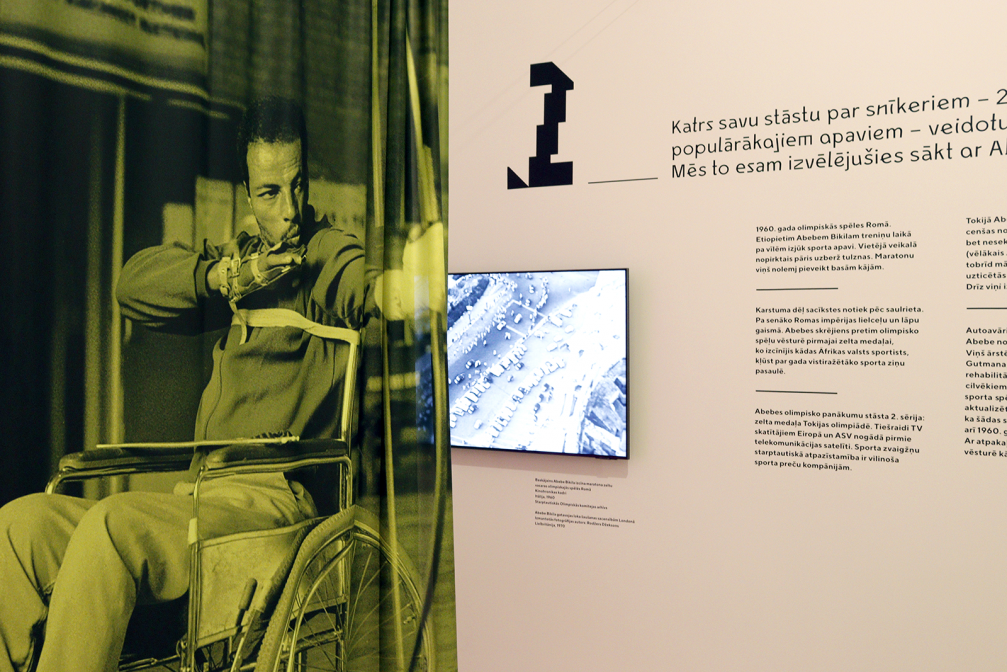
In the introduction to the exhibition, the visitor is placed at zero point with the story of the Ethiopian runner Abebe Bikila, who won the gold medal at the Rome Olympic Games in 1960 by running a marathon barefoot. Next, instead of the usual chronologically linear presentation of content typical for museums, the visitor is greeted by a network of topics and exhibits divided into thematic blocks with countless intersections. The exhibition is permeated with texts targeted at a young audience — short and concise sentences, dosed colloquialisms, and the rejection of the industry’s professional terminology, making the content of the exhibition accessible to a wide range of visitors. The availability of exhibitions is mostly attributed to the availability of premises, which is important. However, the availability of information is equally important — how long are the texts and how are they structured, in what language, and for whom are they written? Just as the choice of typeface and the placement of the text determine whether the visitor will be able to read the information without sore eyes, the structure of the text and the expression of the content also determine how wide is the range of visitors who can access the content.
In the sneaker exhibition, deviations from usual practices are not random, but purposeful and aimed at reaching a new audience. The exhibition team has managed not only to organise the display of the collection with modern and current topics, but also to reach the youth who skipped school in the first week of the exhibition to go to the museum.
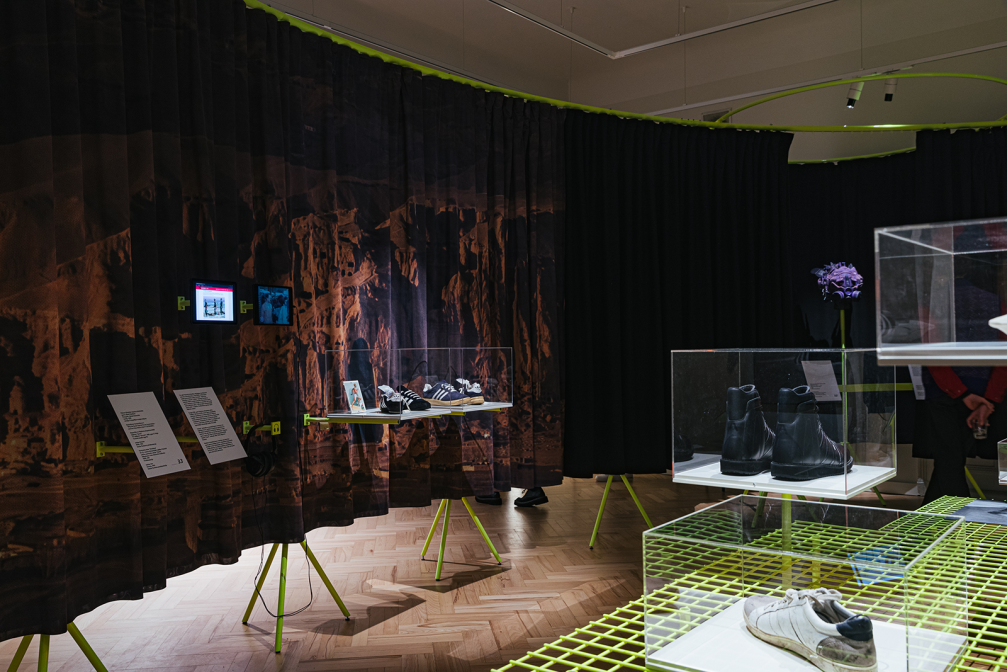
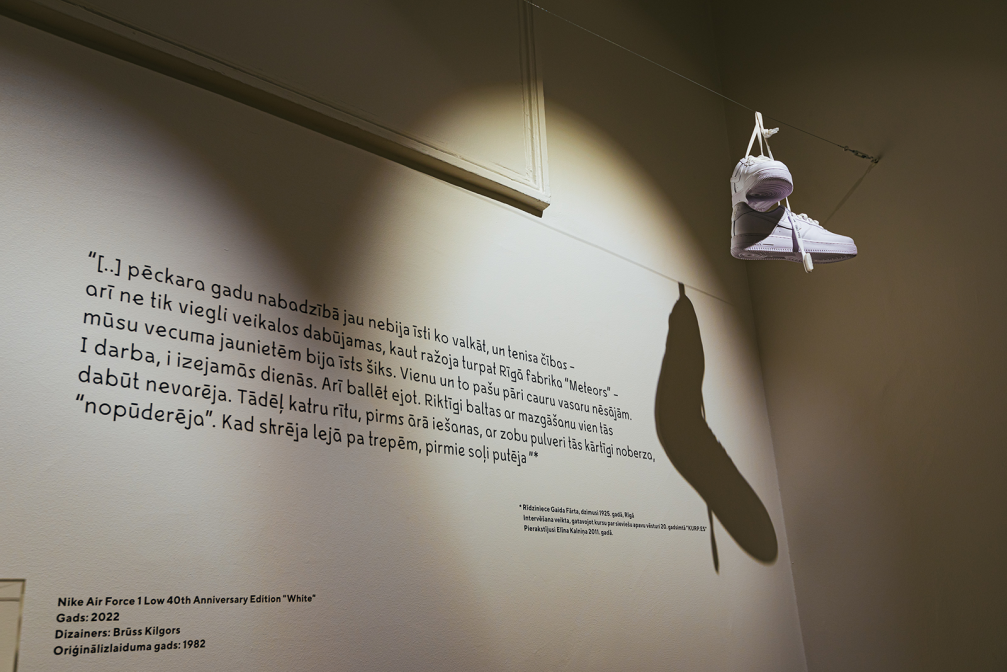
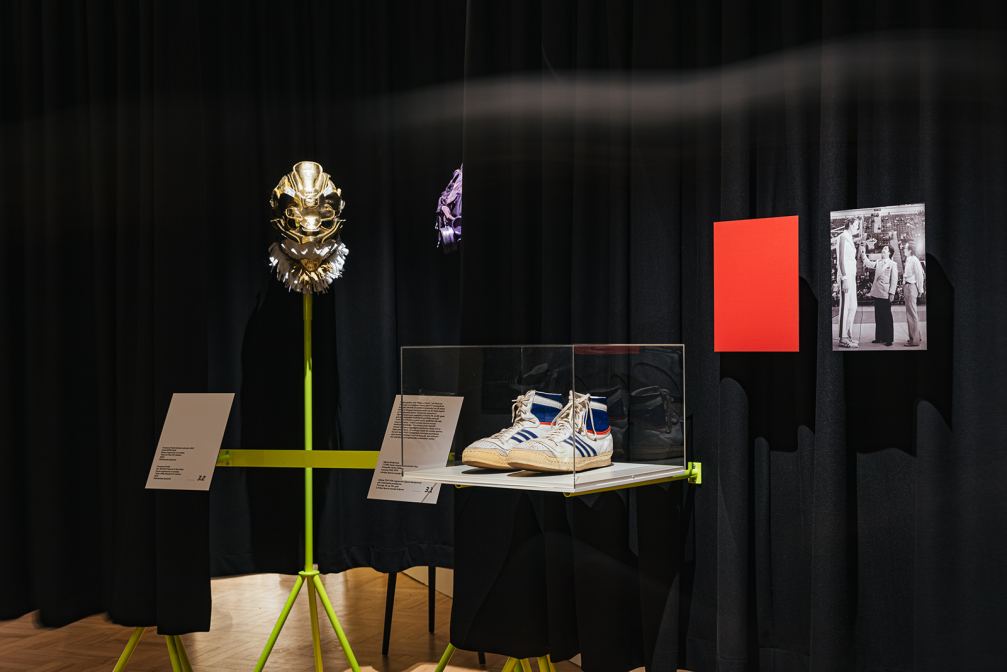
The scenography of the exhibition creates a new layer in the space of the museum, touching the freshly painted walls only in a few places. The glass cubes and trays designed specially for the exhibition seem to hang in the air at an ergonomically comfortable height. The paraphrases of everyday elements embedded in the design — sneakers hanging in the electrical wires, curtains seen in medical institutions, and cellophane product packaging — gives visitors a feeling of familiarity and allows them to breathe freely. Exhibition design can be a quality mediation tool and significantly improve the experience of visiting the exhibition if the development of content and design concepts takes place in parallel, integrating ideas with each other. Emphasising the theme of ecology, the scenography elements made for the exhibition are reusable.
With a rationally constructive approach, the architects of Sampling — Liene Jākobsone and Manten Devriend — have deconstructed the usual exhibition equipment — glass showcases and podiums. There are no artificial interactions in the arrangement of the exhibition, which often serves to hide an excessive amount of information. The doors and drawers that are so common in exhibitions tend to reflect, not the ambitions of the designers, but the reluctance of the curators to select objects of an appropriate volume for the space, theme, and audience. And then, not wanting to visually clutter the space with exhibits, the designers resort to drawers, fitting not one, but, for example, eight exhibits in one square metre. Though, it is not the story of this exhibition.
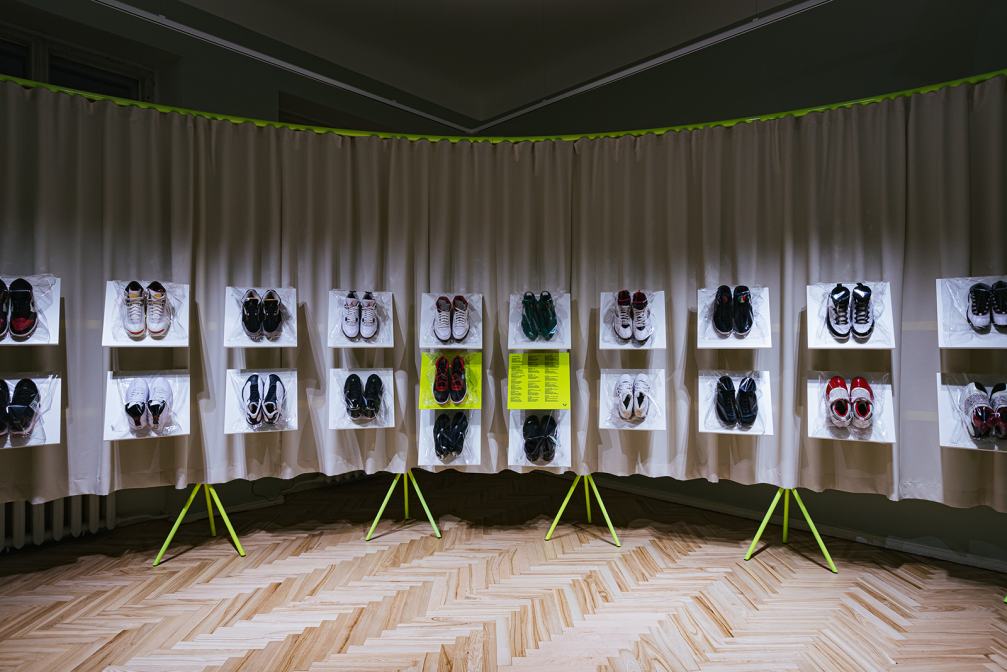
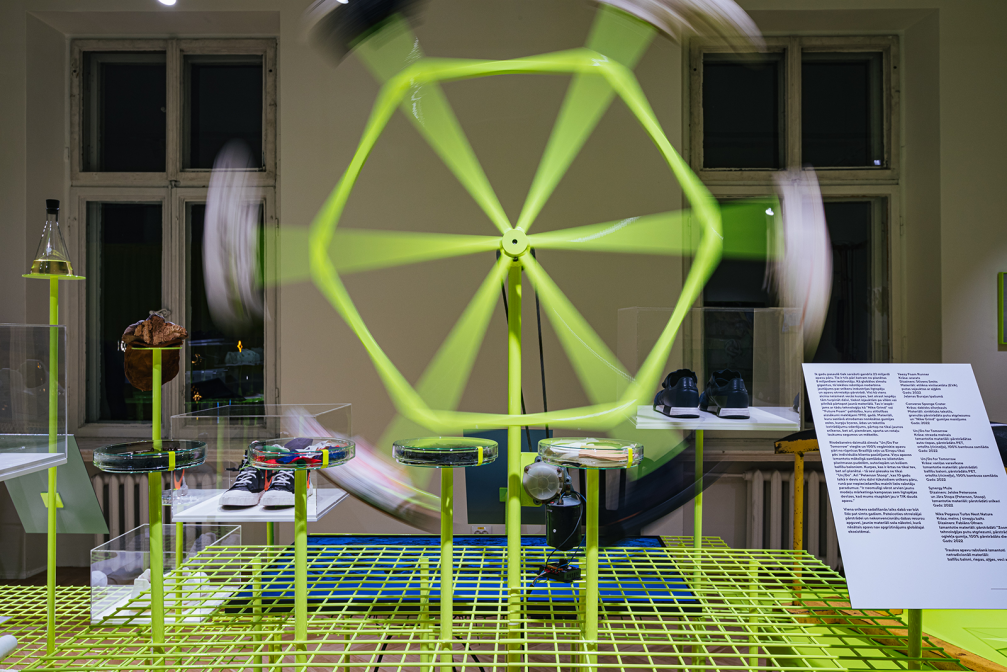
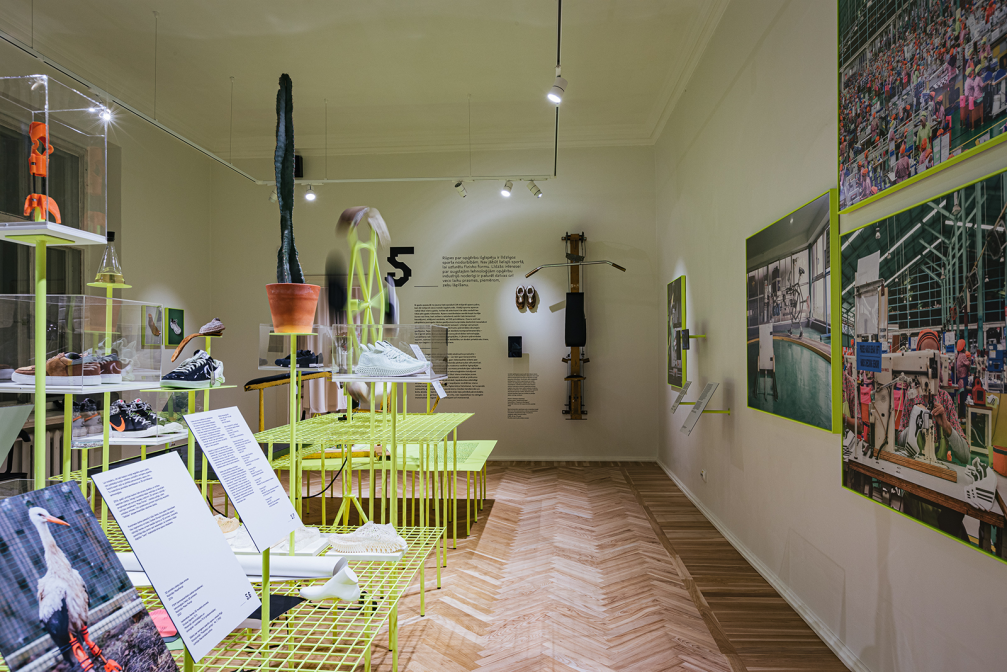
The idea of an exhibition as an audiovisual and interdisciplinary cognitive process has been known since the first half of the 20th century, when representatives of the Bauhaus school started creating exhibitions. At that time, the problem of attracting museum visitors using traditional (read — boring) methods of exhibition design and information presentation was identified: a typical arrangement, without regard to the theme and content of the exhibition, accompanied by dry and impersonal information. The lack of contemporary contextual information was also recognised as a fundamental problem. Today, almost a hundred years later, you can still find dormant museums, whose exhibitions are more like open warehouses than contemporary exhibitions with a clear message. After visiting the Sneakers exhibition, you get the feeling that this museum is starting to wake up.
The exhibition Sneakers: Eco x Ego at the Pauls Stradiņš Medicine History Museum can be viewed until April 17. You can follow the current programme of the exhibition on the museum’s website and on social networks Facebook and Instagram.
Exhibition idea by Pauls Stradiņš Medicine History Museum, curator — Elīna Sproģe, curatorial support — Kristīne Liniņa and Kaspars Vanags, curator of the educational programme — Ieva Laube, exhibition design by Sampling, graphic design by Kirils Kirasirovs. Technical implementation of the exhibition by Līvest, Calyx, Form Art Lab, FineArtPrint.lv, Romāns Medvedevs, Andris Zvejnieks.
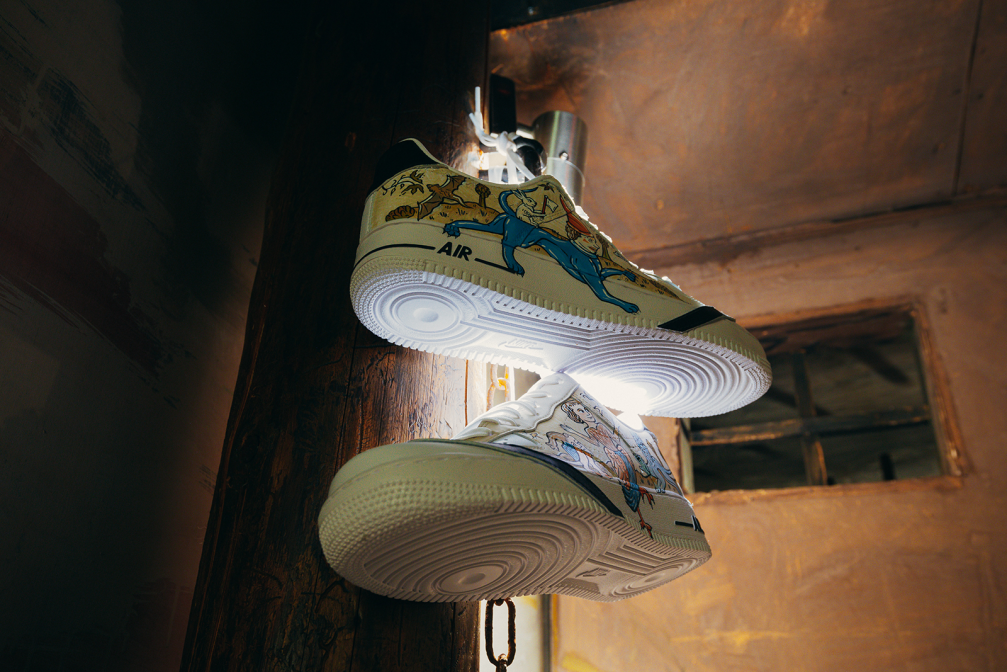
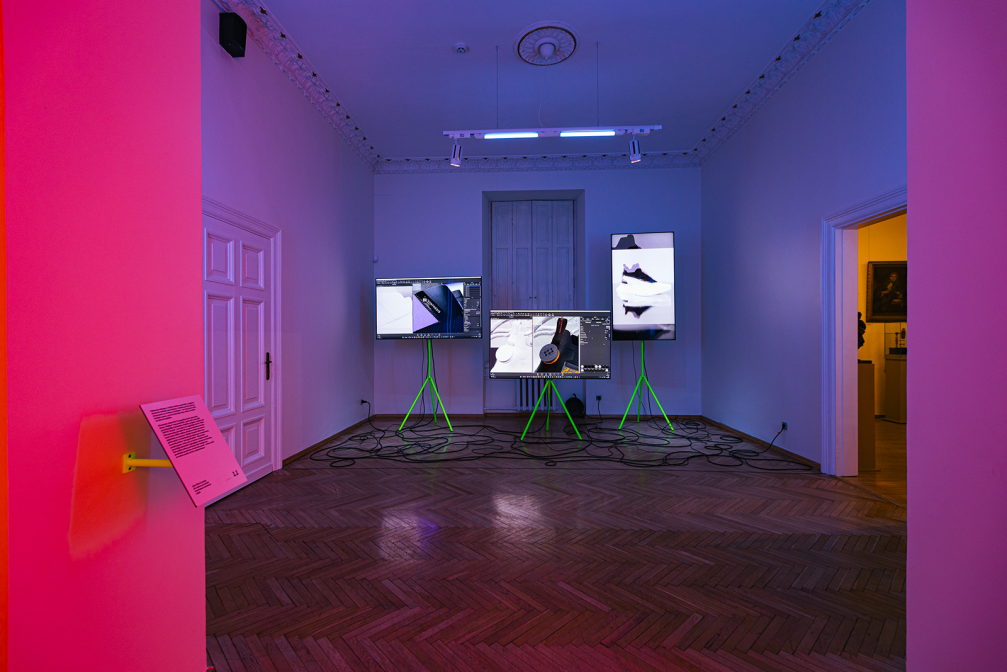
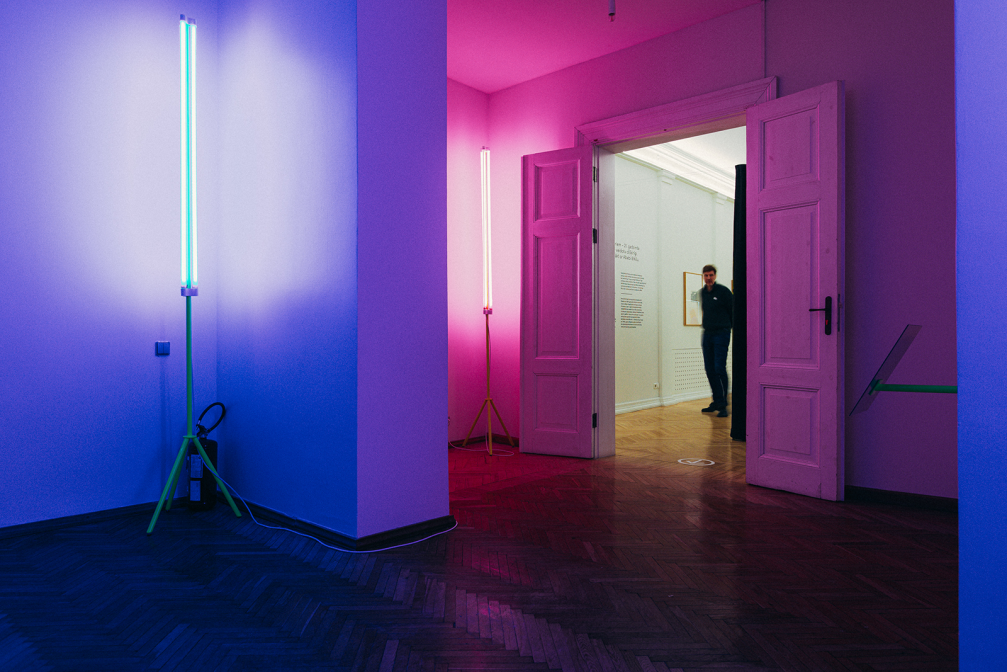
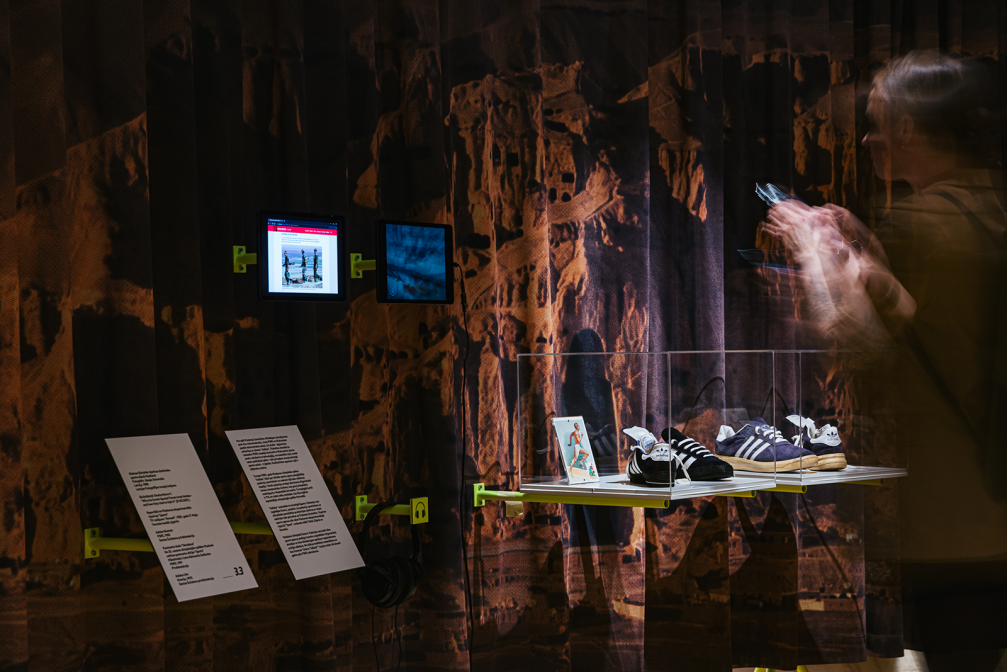
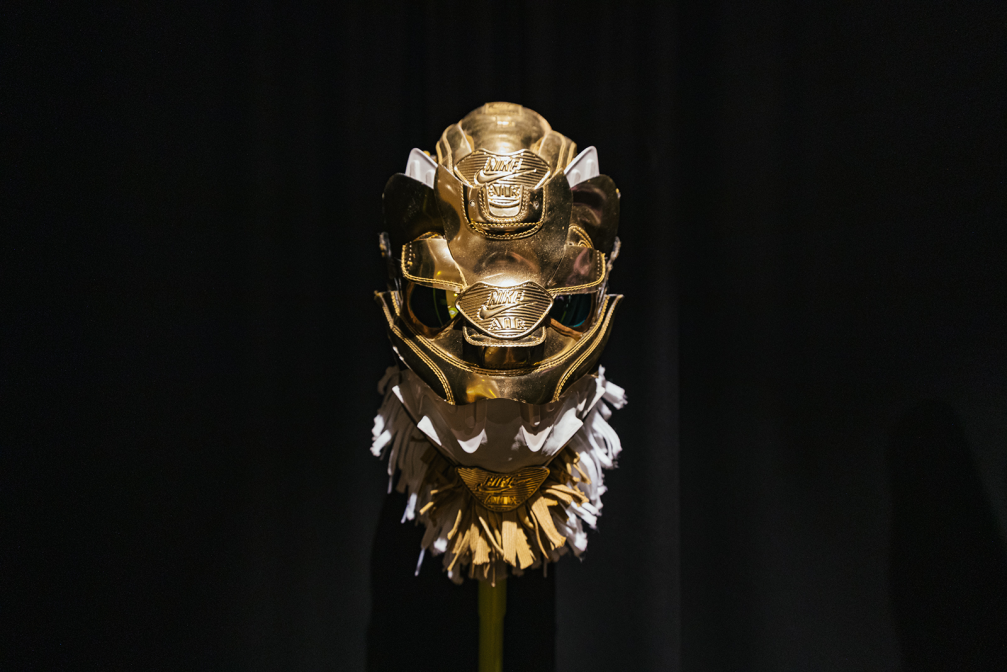
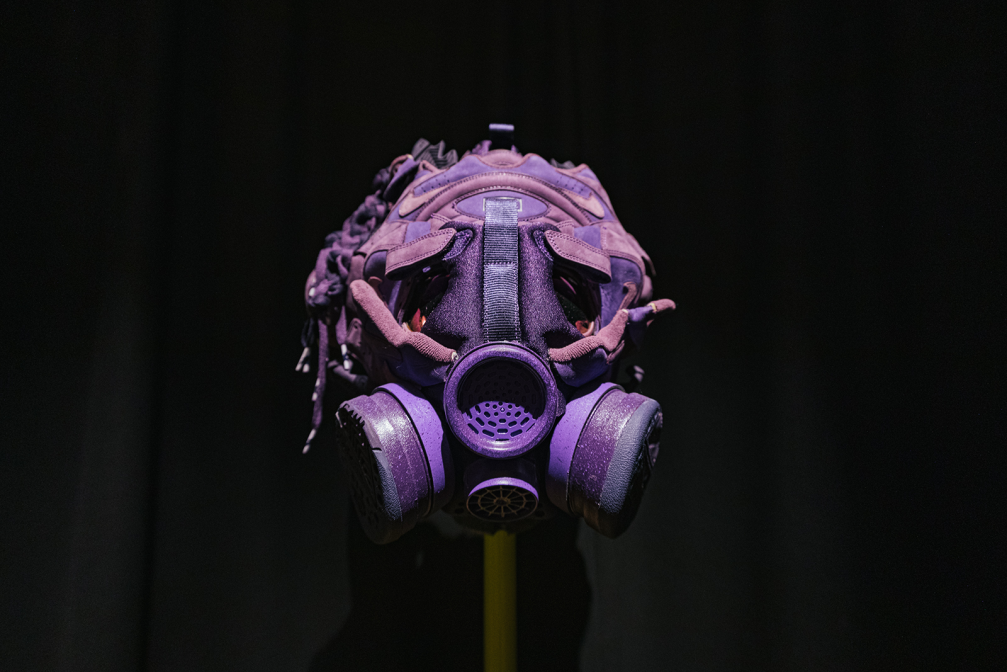
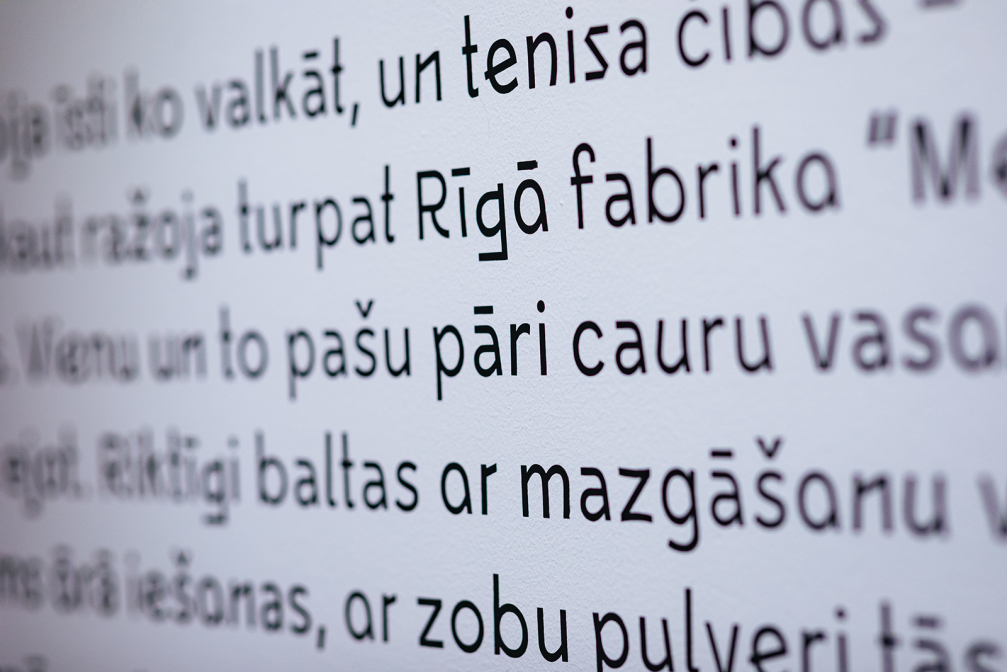
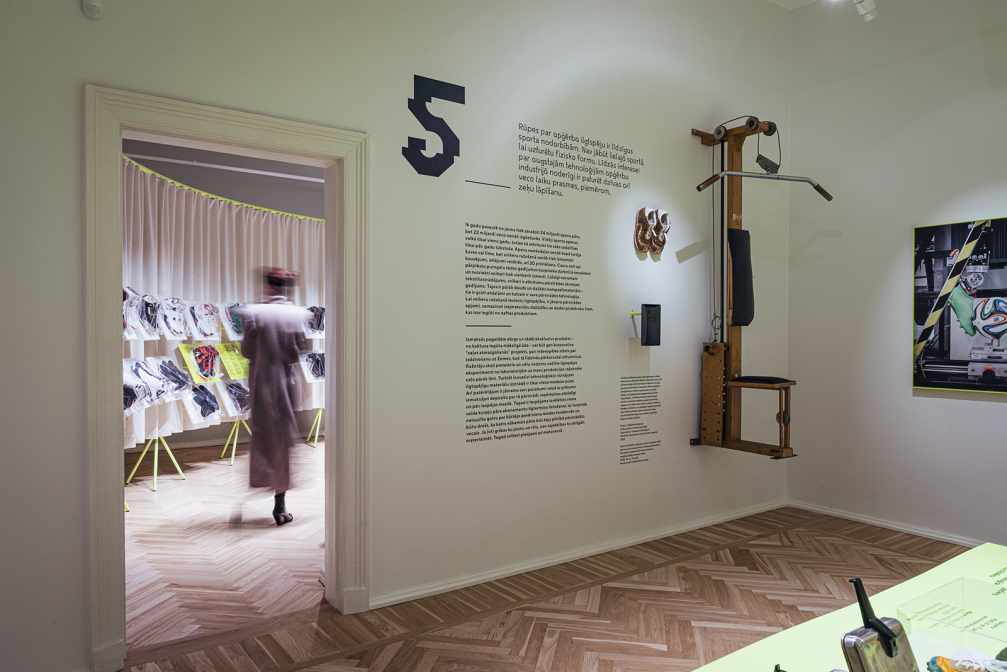
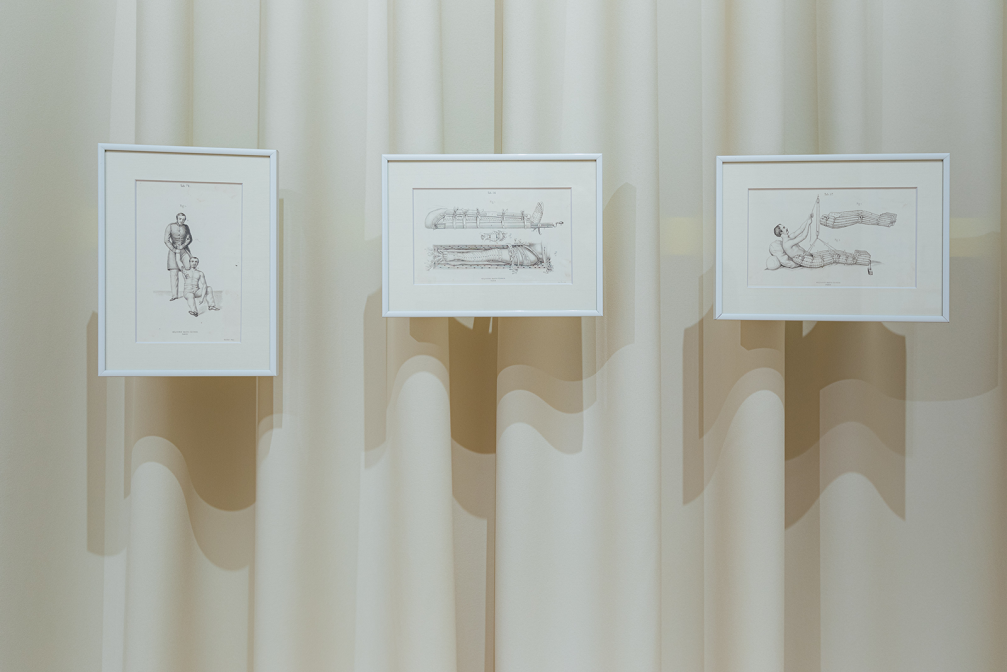
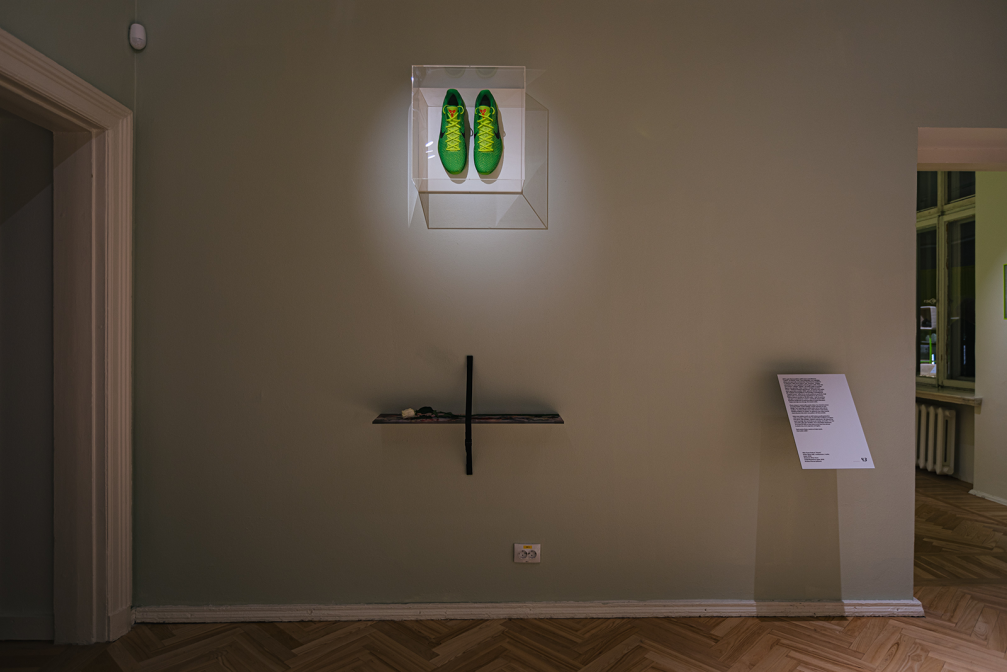
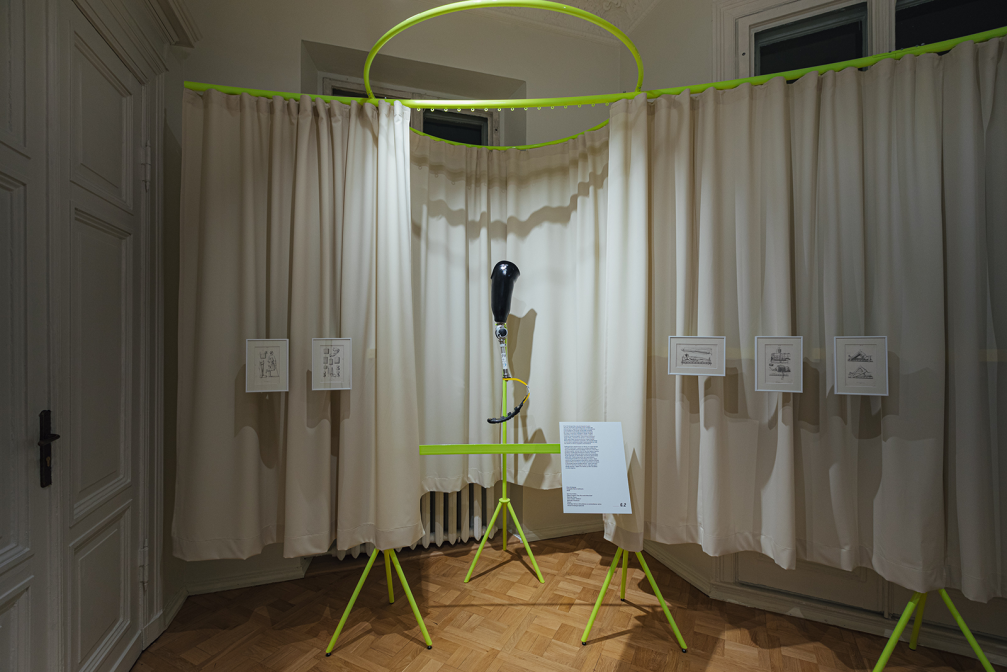
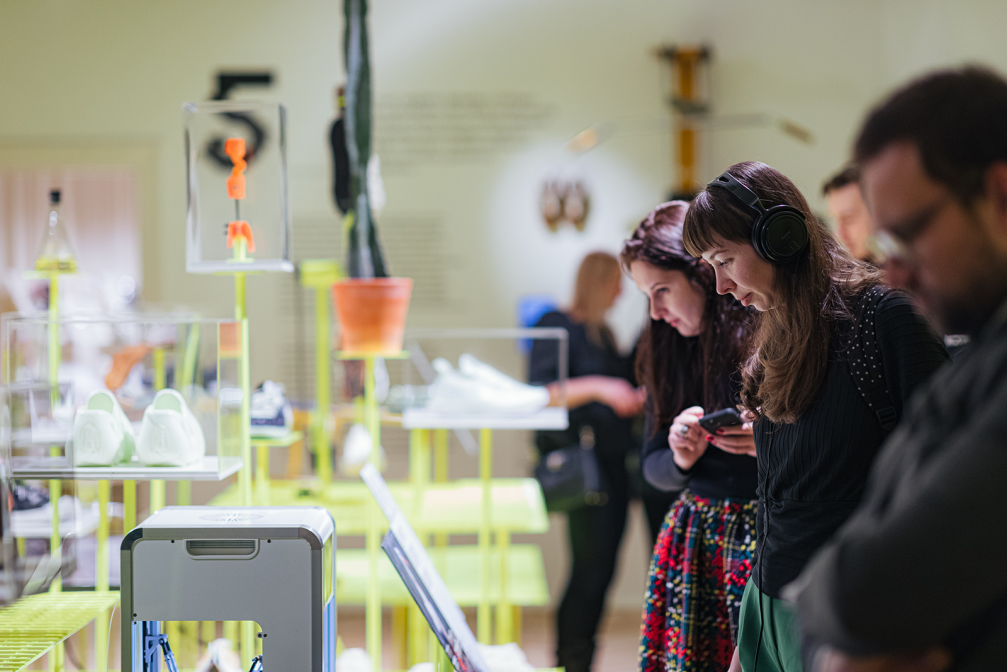
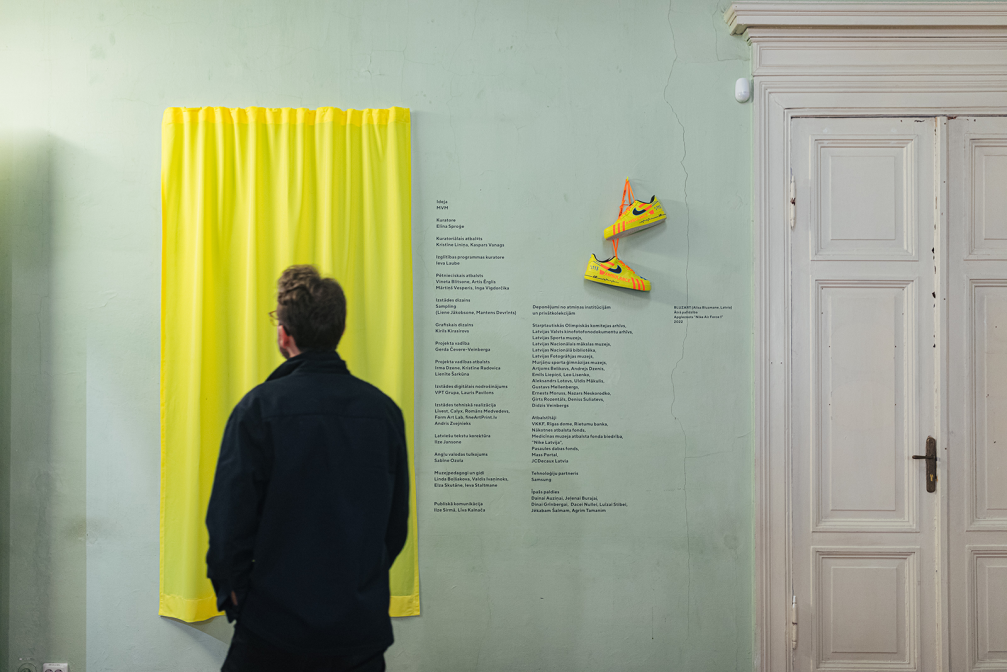
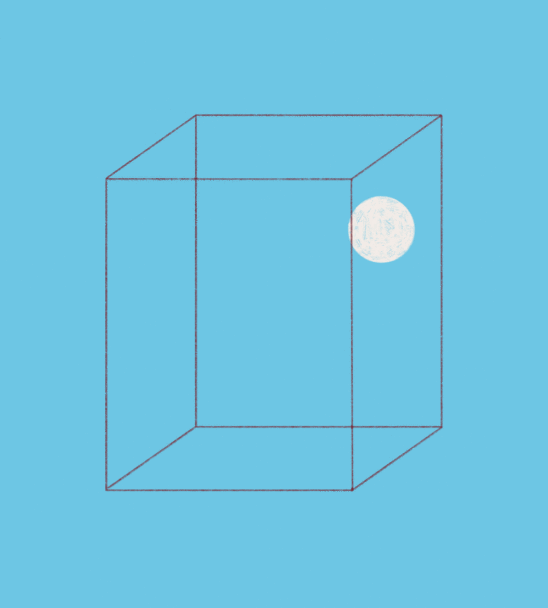
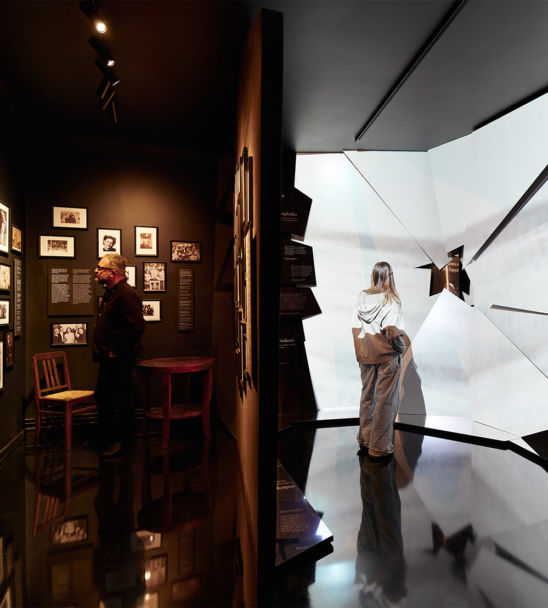
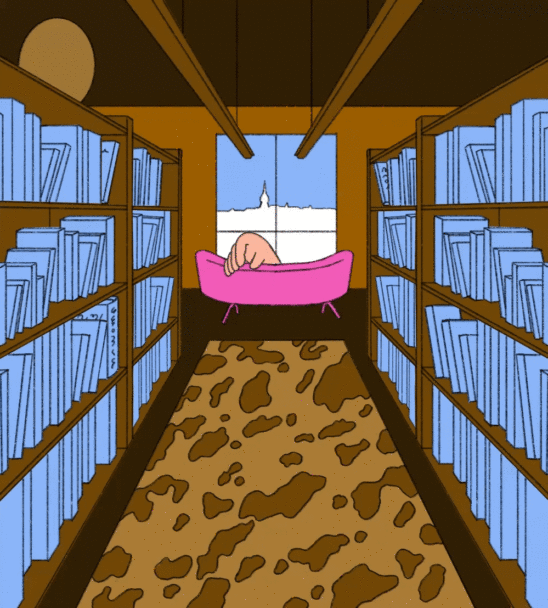
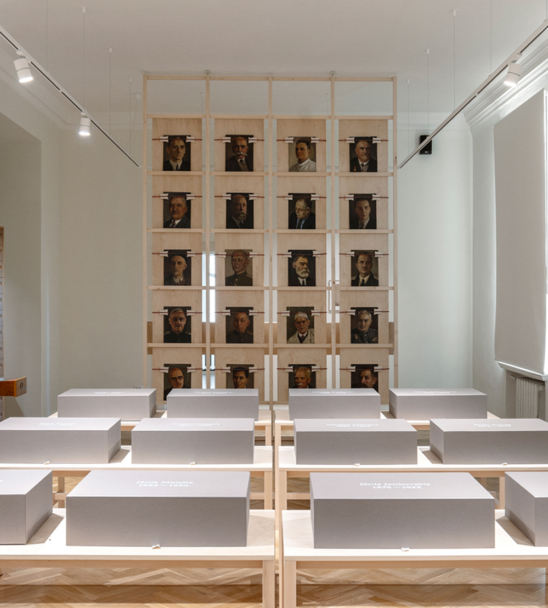
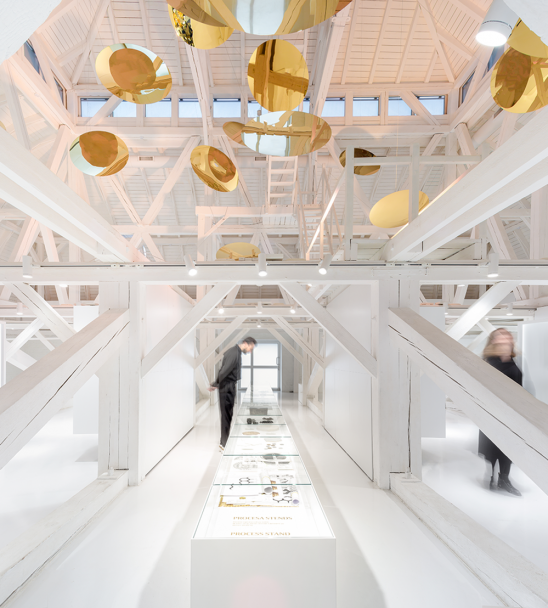
Viedokļi